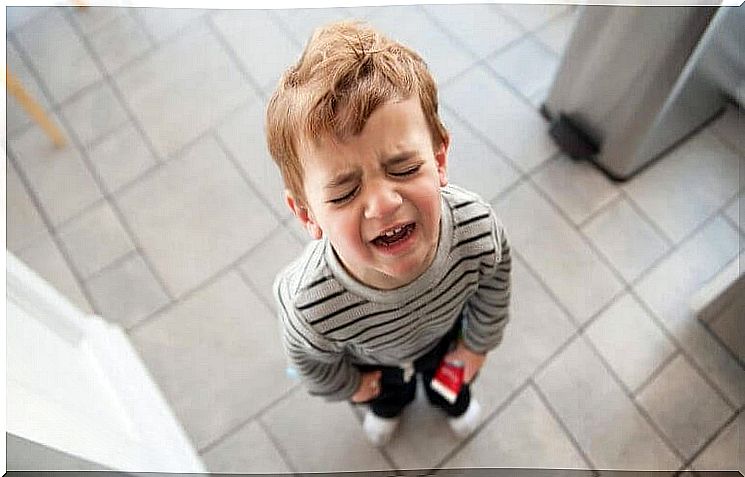What To Do If A Child Cries For No Apparent Reason?

Crying is one of the main ways of expression and communication for babies and young children. Crying is a child’s way of attracting parents ’attention and getting the care they need. Many parents of a small child wonder why the child is crying for no apparent reason.
The most common causes of child crying
Babies and young children often complain and cry when they are hungry or tired because they are particularly sensitive to those stimuli. There are also many other reasons for crying, the most common of which we present below.
- The child notices that he receives attention only when he cries.
- Crying becomes the perfect way for a child to get their will through. The child’s tears often melt the parent’s heart and make him give the child all that he wants.
- The child feels physically uncomfortable. Regular changing of the baby’s position is important to prevent various ailments and keep the baby clean.
- A small child is going through a phase of constant change and adjustment and sometimes also feels pain. Babies in particular often cry when suffering from stomach pain caused by flatulence, constipation, or colic.
- A child may be physically fit, but need more time, attention, and protection from the people around them, and especially their parents.

What to do if a child cries for no apparent reason?
It is normal for new parents not to know how to act when a child cries for no apparent reason or for every little thing. Listed below are a few tips that parents can follow to make the situation more enjoyable for themselves and their child.
- Try to identify the child’s different types of crying and their causes by relating them to different situations and contexts.
- If you can’t take care of your child’s needs right now, try to make your child understand that you know he or she needs you and help him or her as soon as you can.
- If the child is learning to speak, ask him or her to explain in words what is happening.
- Reacts to a child’s crying with loving gestures, kisses, hugs, or motivational words.
Crying and imitation phase
Each child goes through a developmental stage where he or she mimics other people. The stage usually begins when the child is very small and lasts until the age of two or three.
During this stage, the child tends to imitate others as they cry or laugh. This can be called a contagious effect in the sense that it can only be stopped by a person’s own maturity.
This is predictable for use in children of a certain age, and there is no need to worry about it, as the habit disappears on its own as the child grows and matures.
Crying and starting school
However, if the above behavior persists for longer than usual, even until school starts, parents need to be vigilant.
At this point, many things – like problems at school, a quarrel with a sibling or a friend, or just something the child doesn’t like – can lead to crying. Such situations require patience on the part of parents. It is good for them to remember that things and situations only annoy the child for a short time.
It is important to assess the situation related to crying and the number of such situations.

Crying and hypersensitivity
A hypersensitive child is usually very attentive – even to the point that any stimulus can make him or her tense, agitated, or excited.
Such children are often creative and have a very lively imagination. The most effective way to help such a child is to let him express his feelings.
The stage when a child cries for no apparent reason or for every little thing is short-lived and transient. During this phase, parents are important pillars to prevent awkward and unpleasant situations for the family, especially the child.
The way parents deal with a crying child is key. It is important to use the right kind of procedures to help your child get over this stage of development.









